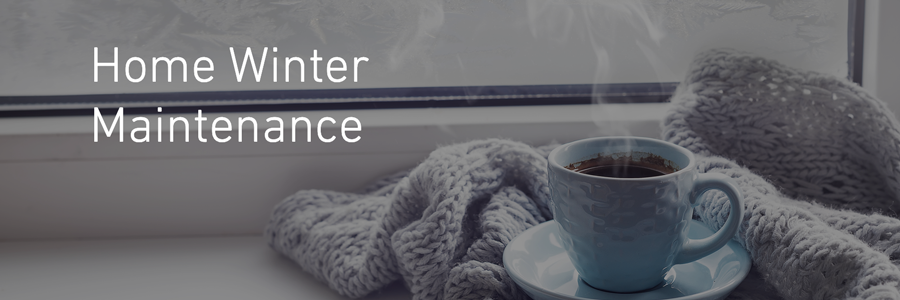Gas Furnace Maintenance & Insulation Check

Is your gas furnace ready to keep your home warm and cozy — ALL WINTER LONG? Don’t be trapped under a pile of blankets this season! Be sure your heating system and insulation are in tip-top shape.
For season-long dependability, you may want to have your gas furnace inspected by a licensed professional heating contractor before the first cold snap. You don’t want to walk in the door to a frigid home on the coldest night of the year!
Gas Furnace Maintenance
Routine maintenance by a licensed, professional heating contractor may extend the life of your gas furnace and possibly prevent minor issues from turning into expensive or significant problems over time.
To make sure your heating system is ready for those cold winter nights, a licensed professional HVAC technician should inspect your central heating system. While there is not an industry-wide standard checklist for gas furnace maintenance, your HVAC contractor may examine the following critical gas furnace components during their annual maintenance visit:
- Heat Exchanger: The heat exchanger is a critical part of your gas furnace. Your indoor air is circulated over the heat exchanger, warming it to be re-circulated back to your conditioned indoor living areas. Your contractor should look for any indications of unusual wear or small cracks, which could lead to a dangerous carbon monoxide leak into your home.
- Blower Motor: The blower motor is designed to control the amount of heated air pushed through the air ducts to the conditioned spaces of your home. Your technician should check the blower motor and blower wheel for excessive vibration, loose electrical components, and proper electrical current. They may also clean away dirt and debris that could inhibit adequate operation.
- Inducer Motor: The inducer motor is designed to draw a gas furnace’s exhaust gases away from inside the heat exchanger, so it’s important that it is in proper working condition. The contractor may also inspect the flue vent for any obstructions (ex: bird nest) that could restrict exhaust from escaping.
- Burners: Proper ignition of the gas furnace burners is critical. Your contractor may clean and/or test the flame sensor for accurate operation.
- Fault Code History: Certain gas furnace models retain an electronic fault code history within its control board. Theses codes may provide insight as to any incidents or malfunctions that may have occurred with the gas furnace components between maintenance appointments.
Return Air Filter Check
Your contractor may also check the return air filter to see if it needs to be replaced. A new return air filter may minimize the accumulation of dirt and/or dust on the blower motor and other HVAC components.
A homeowner should routinely replace the return air filter as directed by the manufacturer’s guidelines. If you cannot easily locate your return air filter for your central heating system or have questions about the specific type required, talk to your licensed professional HVAC dealer for assistance.
Insulation Check
You pay hard-earned money to heat your home, so be sure you get your money’s worth! Homeowners should take the appropriate measures to efficiently block out the cold from entering their home. Any opportunities to save energy over the winter season may help you save a little more on your monthly energy bill!
When your home does not have enough insulation in the walls, crawl spaces, attic or basement, cold outdoor can leak into your home, and heated air can escape outdoors – compromising your heated, warm spaces and your indoor comfort. Ideally, your insulation should provide complete and uniform coverage.1 If you notice drafts even after you’ve closed all of the doors and windows, it’s a good time to have a professional inspect your insulation.
However, insulation may not be enough to contain your heated indoor air. Every gap, doorway, window seam, air duct or hole in the wall has the potential to leak warm air. The Department of Energy says that the average home’s air leaks could be equivalent to a two-foot hole!2 That’s like leaving a window open 24-hours a day.2 Weather stripping and caulking may help seal those small areas where warm air can potentially escape.
For assistance in evaluating your home’s insulation, call in an licensed professional HVAC dealer to help out!

1 Insulation. n.d. https://energy.gov/energysaver/insulation. 2 February 2017.
2 "A Guide to Energy-Efficient Heating and Cooling." August 2009. Energy Star. https://www.energystar.gov/ia/partners/publications/pubdocs/HeatingCoolingGuide%20FINAL_9-4-09.pdf.